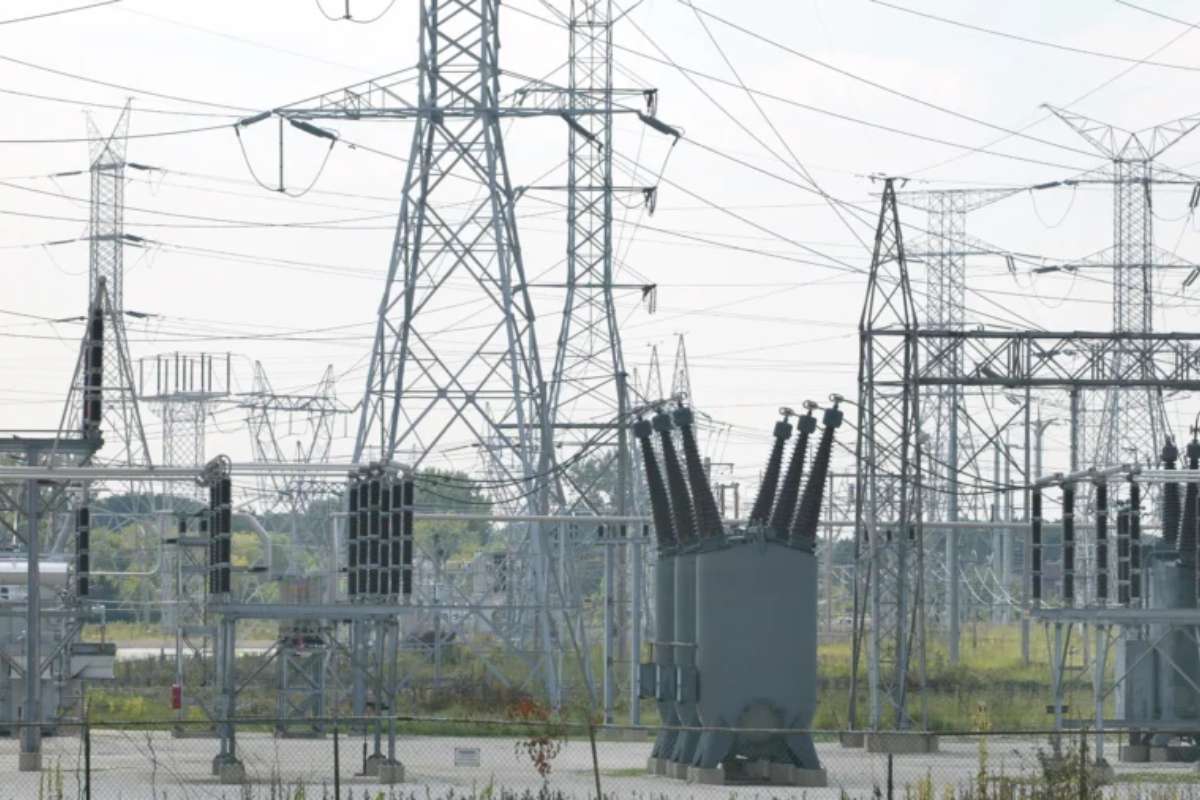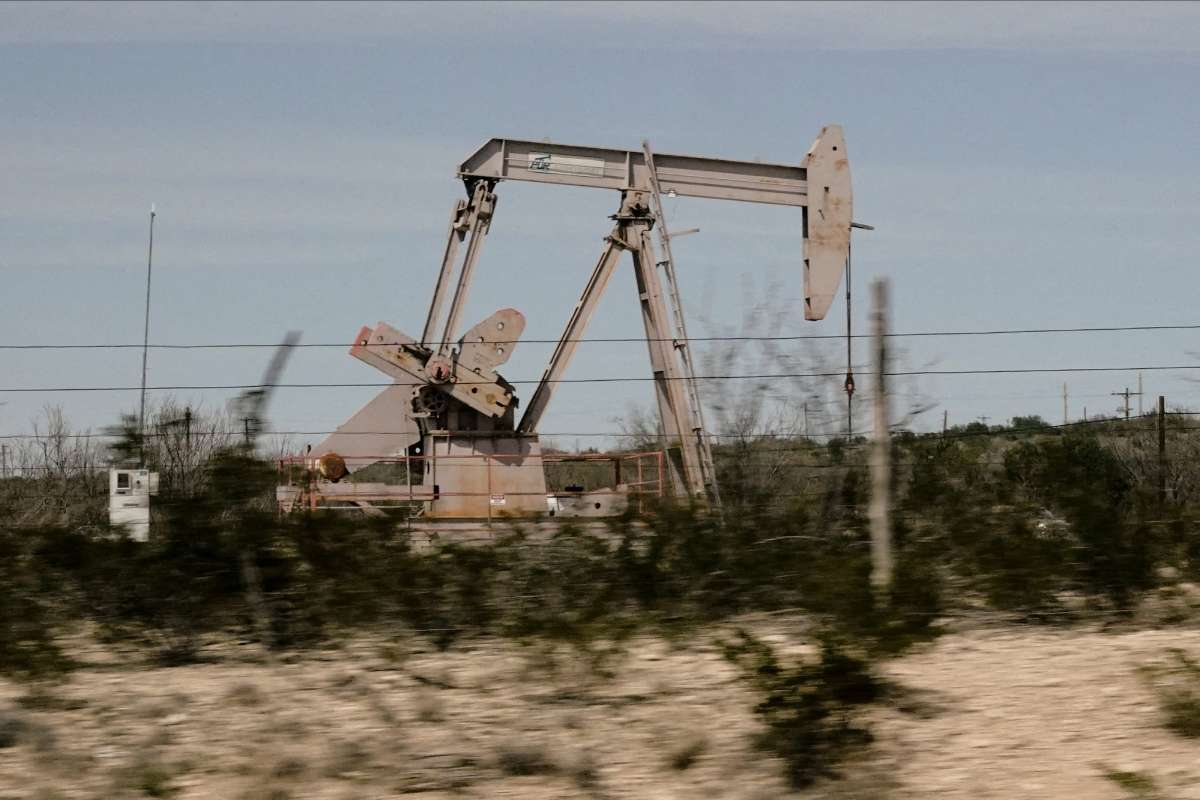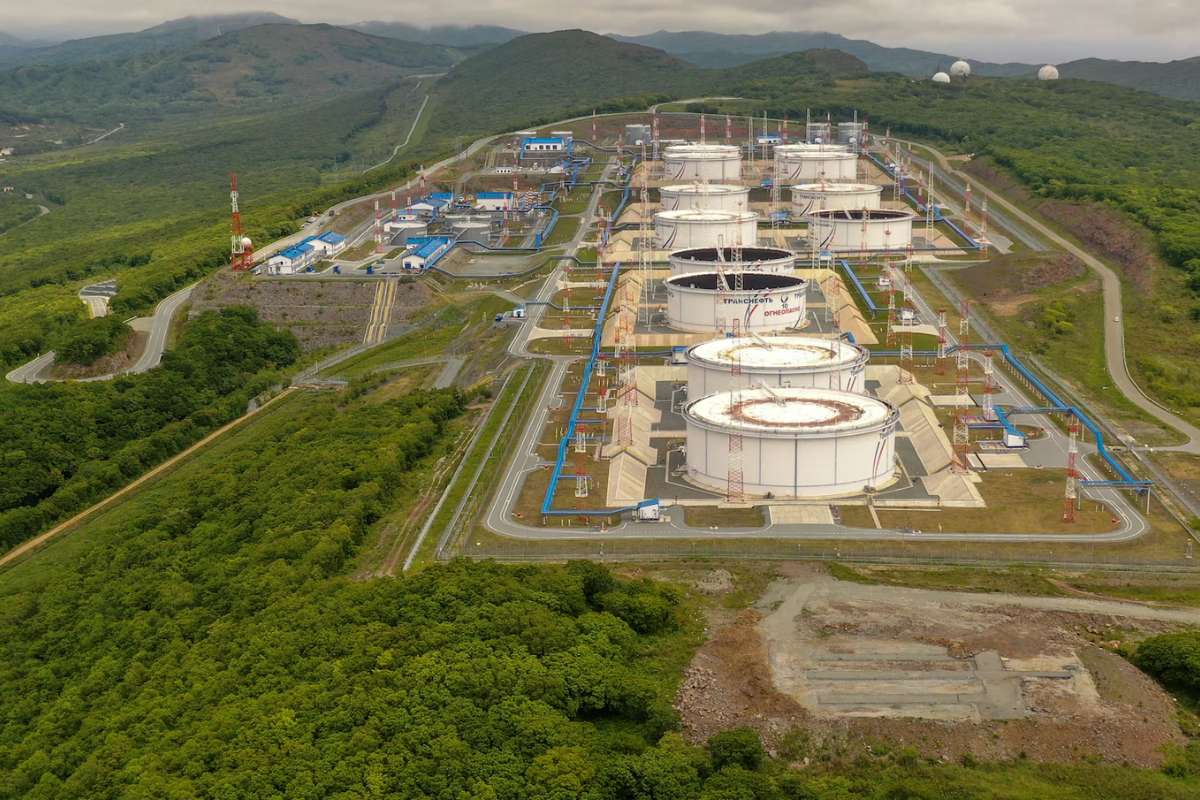Key Points:
- DOE $1.6 Billion Power Line Upgrade – Funding to upgrade 5,000 miles of power lines in five states.
- Better Grid Reliability – Advanced lines to reduce losses and support renewable energy.
- Economic Boost – Creates jobs and lowers utility costs.
The U.S. Department of Energy (DOE) has finalized a $1.6 billion federal loan to upgrade and rebuild power lines across five states, aiming to strengthen grid reliability and efficiency.
This DOE $1.6 Billion Power Line Upgrade will improve or replace about 5,000 miles of transmission lines in Indiana, Michigan, Ohio, Oklahoma, and West Virginia. The funding will go to a subsidiary of American Electric Power, one of the nation’s largest electric utility companies.
DOE officials said Thursday that the loan is designed to modernize aging infrastructure and expand the grid’s capacity to deliver electricity more efficiently. The project also supports efforts to reduce transmission losses and minimize power disruptions during high-demand periods.
“This initiative helps enhance the performance of existing transmission networks,” Energy Secretary Chris Wright said. “By replacing older conductors, we can increase the amount of power carried through existing lines, improve system reliability, and lower overall costs.”
Project details and objectives
According to the department, upgrading existing transmission corridors is often faster and less costly than building new ones. The DOE $1.6 Billion Power Line Upgrade allows utilities to boost capacity without acquiring large tracts of new land or building entirely new infrastructure.
Construction is expected to begin in early 2026, pending environmental clearances and state-level approvals. The project is anticipated to create several thousand temporary construction jobs and contribute to long-term improvements in energy distribution across the Midwest and parts of the South.
The upgraded lines will use advanced conductors capable of carrying more electricity while reducing energy losses. DOE officials said this DOE $1.6 Billion Power Line Upgrade will help balance regional power supply and demand, particularly during peak consumption seasons.
Broader context and implementation
The loan was first conditionally approved in 2023 and finalized following a review by the Department of Energy’s Loan Programs Office, which has since been renamed the Energy Dominance Financing Office. The department said the reorganization reflects a continued focus on funding projects that strengthen national energy infrastructure.
Analysts noted that the DOE $1.6 billion Power Line Upgrade aligns with the DOE’s broader efforts to modernize the U.S. electric grid and improve energy resilience. The department has identified transmission line improvements as a key step toward meeting national reliability goals and supporting both conventional and renewable power sources.
The DOE said additional reviews are underway for similar projects, with priority given to those that enhance capacity, reduce outage risks, and deliver measurable economic benefits to regional utilities and consumers.
Expected impact
The transmission upgrades are expected to improve grid efficiency by enabling more energy flow through existing infrastructure. The department projects that the improvements could lower system costs for participating utilities and reduce the likelihood of service interruptions caused by aging equipment.
American Electric Power stated that the funding will support continued investment in reliable, modern infrastructure. The company said the improvements will also facilitate future integration of renewable energy sources as more regional utilities diversify their power generation portfolios.
With the finalization of this DOE $1.6 Billion Power Line Upgrade, the Department of Energy reaffirmed its commitment to strengthening the nation’s electrical grid through technical modernization and strategic investment.
Visit Oil Gas Energy Magazine to read more.












